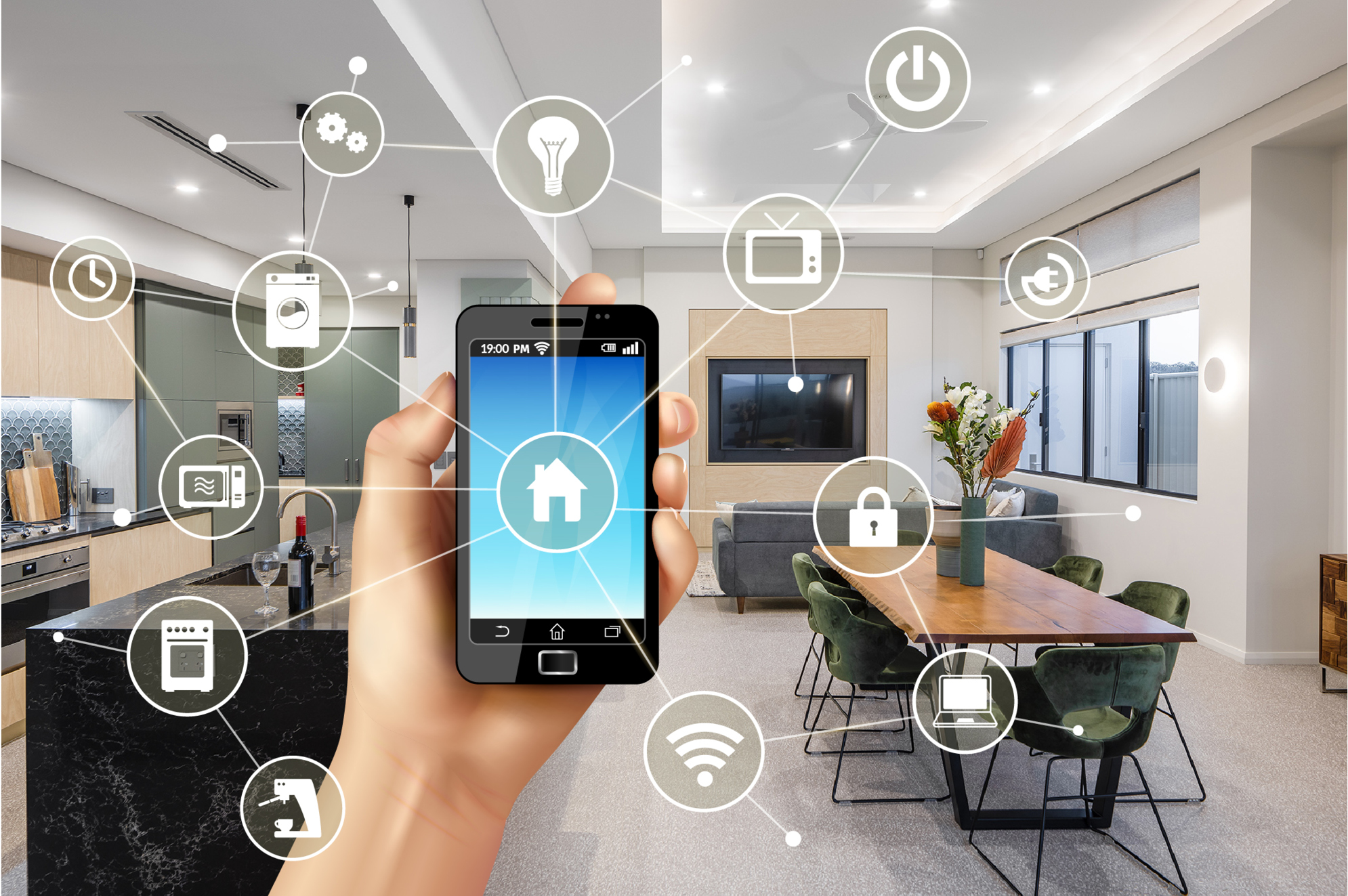The Rise of Smart Homes: What You Need to Know
Explore the evolution of smart homes, their benefits, and what homeowners need to know about integrating smart technology.

The Emergence of Smart Homes
In recent years, the concept of smart homes has transitioned from a futuristic idea to a tangible reality, reshaping the way we live. A smart home is equipped with a network of interconnected devices and systems that can be controlled remotely via a smartphone or computer. These devices range from thermostats and lights to security cameras and kitchen appliances, all designed to enhance convenience, security, and energy efficiency. The integration of Internet of Things (IoT) technology has been a significant driver in this evolution, enabling devices to communicate seamlessly with each other. This interconnectedness allows for automation, where devices can perform tasks without human intervention, such as adjusting the thermostat based on the weather or turning off lights when a room is unoccupied.
The Convenience Factor
One of the most compelling benefits of smart homes is the unparalleled convenience they offer. Imagine being able to control your entire household with a few taps on your smartphone. From adjusting the lighting to setting the perfect temperature, smart home technology simplifies everyday tasks, allowing homeowners to focus on more important matters. Voice-controlled assistants, such as smart speakers, further enhance this convenience by enabling hands-free operation. This means you can play music, check the weather, or even order groceries using simple voice commands. The ability to automate routine tasks also means less time spent on mundane chores and more time for leisure and family activities.
Enhancing Home Security
Security is a primary concern for many homeowners, and smart home technology offers innovative solutions to address this. With smart security systems, you can monitor your home in real-time from anywhere in the world. These systems often include features such as motion detectors, surveillance cameras, and smart locks, all of which can be controlled remotely. Notifications can be sent to your device if unusual activity is detected, allowing for prompt action. Additionally, smart locks offer keyless entry options, eliminating the risk of lost keys. By integrating these technologies, homeowners can achieve peace of mind knowing their property is protected.
Energy Efficiency and Cost Savings
Smart homes are not only about convenience and security; they also offer significant energy efficiency benefits. Smart thermostats, for example, learn your schedule and preferences, optimizing heating and cooling to reduce energy consumption. Similarly, smart lighting systems can be programmed to turn off automatically when not in use, further reducing electricity bills. These energy-saving measures not only contribute to environmental sustainability but also result in substantial cost savings for homeowners. By monitoring energy usage, smart home devices provide insights into consumption patterns, empowering users to make informed decisions about their energy use.
Customization and Personalization
One of the most appealing aspects of smart homes is the ability to customize and personalize your living environment. Smart devices can be tailored to suit individual preferences, creating a unique and comfortable living space. For instance, smart lighting can be adjusted to match your mood, with options for color changes and dimming. Smart speakers can be programmed to play your favorite music or podcasts at specific times. This level of personalization extends to various aspects of the home, allowing each member of the household to enjoy a tailored experience. The flexibility of smart home technology ensures that it can adapt to changing needs and preferences over time.
Challenges and Considerations
Despite their many advantages, smart homes come with certain challenges and considerations. One of the primary concerns is data privacy and security, as these devices often collect and store personal information. Ensuring that your smart home system is secure from cyber threats is crucial. Additionally, the initial cost of setting up a smart home can be a barrier for some, though prices have been decreasing as technology advances. Compatibility between devices from different manufacturers is another consideration, as not all devices work seamlessly together. Homeowners must also consider the learning curve associated with using new technology, which may require time and patience.
The Future of Smart Homes
The future of smart homes looks promising, with continuous advancements in technology paving the way for even more sophisticated systems. The integration of artificial intelligence (AI) is expected to further enhance the capabilities of smart home devices, enabling them to learn and adapt more intuitively to user behavior. This could lead to homes that not only respond to commands but also anticipate needs before they arise. As technology continues to evolve, we can expect smart homes to become more accessible and affordable, allowing more people to enjoy their benefits. The future will likely see a greater emphasis on sustainability, with smart homes playing a key role in reducing carbon footprints.
Conclusion: Embracing the Smart Home Revolution
The rise of smart homes marks a significant shift in how we interact with our living spaces. By embracing this technology, homeowners can enjoy increased convenience, security, and energy efficiency. As with any technological advancement, it is essential to weigh the benefits against potential challenges. However, the advantages of smart homes are undeniable, offering a glimpse into a future where our homes are more than just living spaces—they are integrated systems that enhance our quality of life. Whether you are considering adopting smart home technology or simply curious about its potential, understanding the fundamentals is the first step in embracing this exciting revolution.